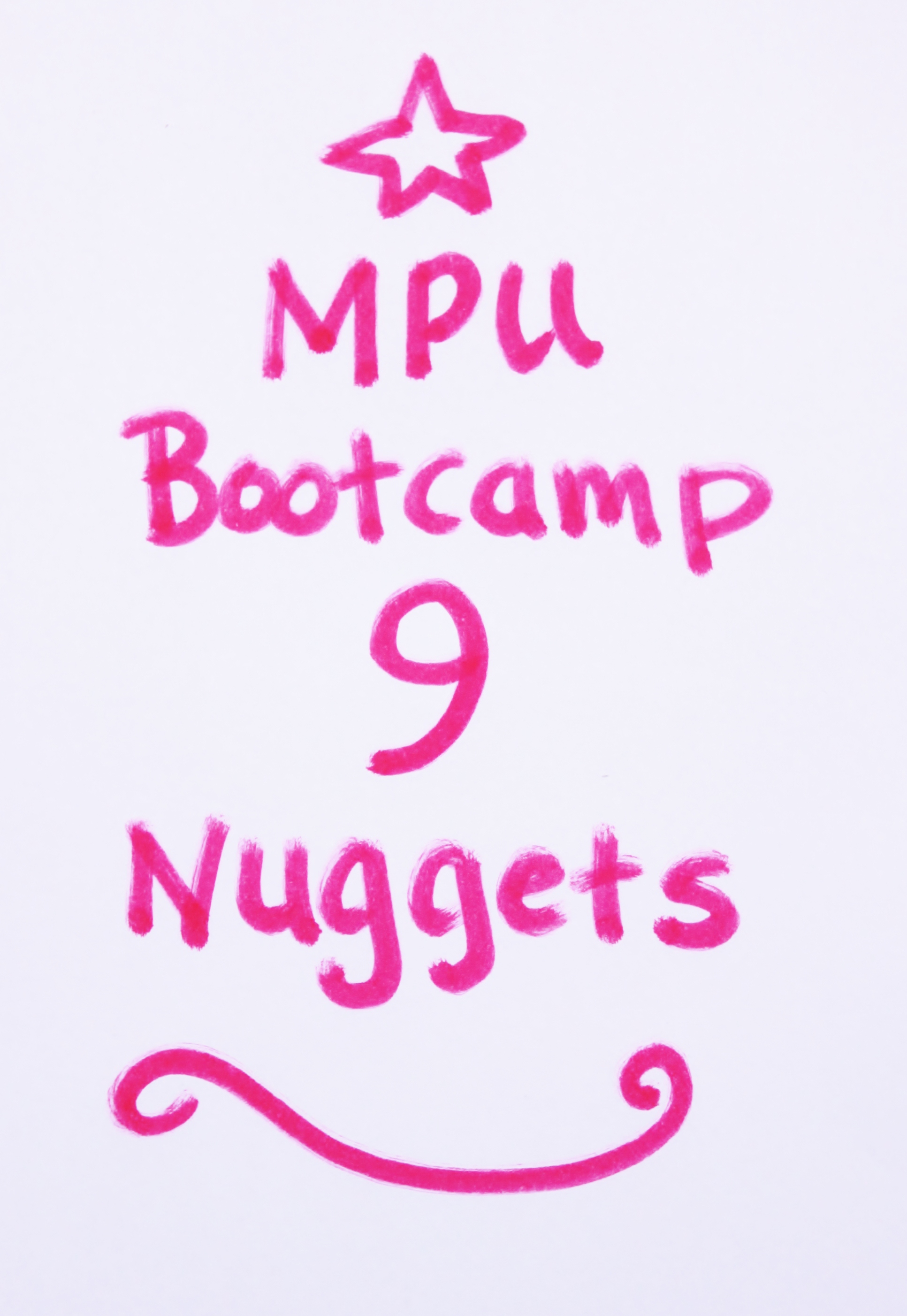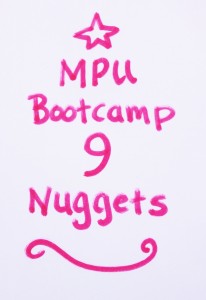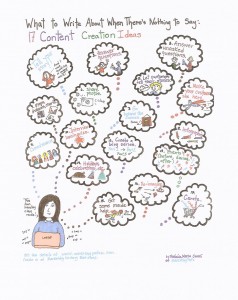Great Content Idea: Case Studies Help Customers See Your (& My) Success
Telling a story is a much better way to capture someone’s attention than a product sheet, a features list or short testimonial.
These stories, often called case studies or customer success stories, allow prospects to imagine that they would enjoy similar results should they decide to be your customer.
Actual results and direct quotes demonstrate just how much the customer benefited by working with you.
I love writing case studies, and have written many for RainToday.com and other clients this year.
But creating them to highlight my own work is a bit problematic because many of my customers can’t share actual results due to confidentiality reasons.
How MicroVentures Landed 1,000 Investors in Just 4 Months
That’s why I enjoyed writing the case study on MicroVentures for RainToday.
Not only did Bill Clark enjoy some great success, but I helped create some of it by helping with his press releases, tips on writing a successful HARO pitch, and writing some of his guest blog posts.
The case study followed the conventional four-part formula:
- Describe the customer and provide some background about them to set the scene.
- Show the problems or challenges they faced.
- Discuss the solution you provided.
- Summarize the results your customer achieved with your help.
In MicroVenture’s case, Clark needed to prove the concept, and to do that, he needed a critical mass of investors.
He couldn’t advertise and was hamstrung by securities regulations that restricted his promotional activities for the first year in business.
His plan was four-fold:
- Create a Blog to help potential investors why his crowdfunding plan was different
- Use Press Releases to Gain Media Attention and thus, third party endorsements
- Pitch ideas to the Media and follow HARO
- Write sponsored guest posts
The Results?
A single Venture Beat sponsored post drove 700 to 1,000 unique visitors to the MicroVentures website the day it posted, Clark says. He typically gained between 50 to 100 investors from the sponsored post traffic.
The combination of press releases, sponsored guest posts, and pitching the media helped Clark land nearly 600 investors in just four months, bringing MicroVentures’ total investors to 1,000 in less than one year.
That critical mass of investors validated MicroVentures’ two-fold concept, which is to help companies raise money quickly by pooling the resources of many investors, and to give new investors access to opportunities they may not otherwise see and allow them to invest smaller sums.
You can read the full case – just email me or sign up through RainToday’s free trial on the MicroVentures case study here.
I am always looking for new case study subjects for RainToday. Email me and I’ll send you a list of what the requirements are. Or better yet, I’ll create a post about it.
Have you used case studies on your website? What response have you seen by using case studies to help nurture prospects?
Photo: ©M. Sharon Baker













